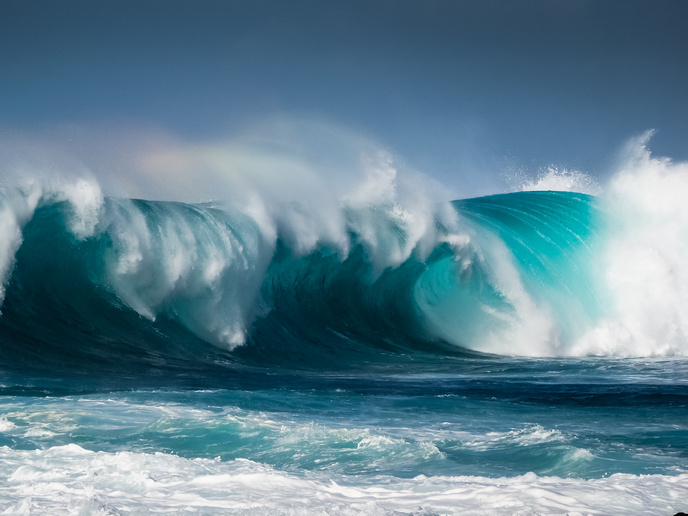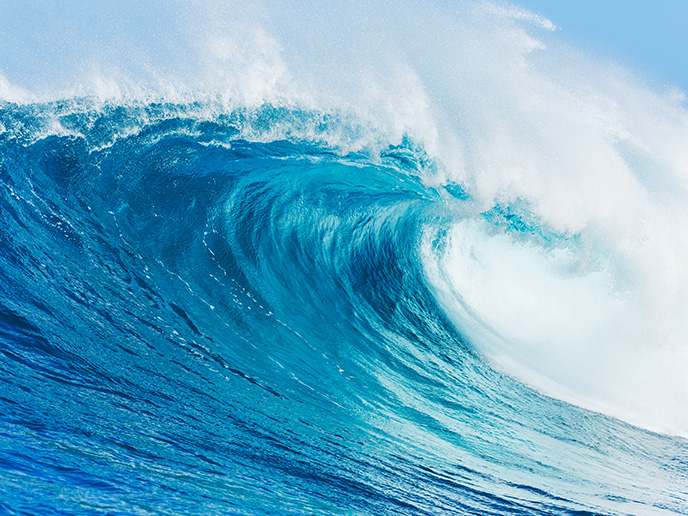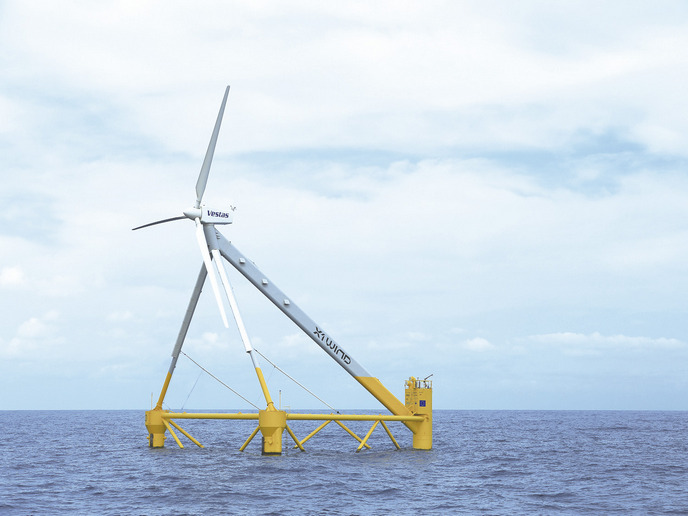New generator design reduces the cost of tidal power
If we are going to successfully build a sustainable future, we need to develop more sources of clean energy. Generating electricity from tidal sources is attractive because it is clean and predictable. The EU- supported TIPA project has developed technology that is completely submerged, leaving no visual impact on the landscape, unlike other sources such as wind and solar. The prototype generator was tested onshore initially, at an Aachen University test centre in Germany, before subsea testing by project lead Nova Innovation at Babcock’s Rosyth site in Scotland. “It is no longer a question of if tidal energy happens – it’s already happening – the question now is: how quickly can we reduce costs to really make it mainstream?” says Seumas MacKenzie, TIPA project manager.
Power take-off
With the help of modelling techniques, the TIPA team designed and built a new generator which converts the movement of the tidal blades into electricity. As this new power take-off (PTO) direct drive generator doesn’t require a gear box, it can achieve high reliability and efficiency, with little maintenance of the system. Traditional life-cycle data analysis for systems designed to operate for decades takes years to conduct. To speed up the process, the team created a programme of accelerated life testing. This forces the system to age faster than under normal circumstances, by subjecting it to more intense conditions. These include stresses, strains, temperatures, voltage, vibration rate and pressure. The analysis of the PTO’s response allowed the team to then make predictions about the PTO’s likely service life and maintenance needs. The project set out with the goal of reducing the cost of tidal power production by 20 %, but in fact Edinburgh University analysis found that the new generator actually reduced the cost of tidal energy by 29 %. “We’re absolutely delighted that we’ve been able to surpass our targets and reduce costs faster than anticipated. This means that the cost of tidal energy is being brought down, making it more competitive, and on track to displace fossil fuels and nuclear in the longer term,” explains MacKenzie.
Getting into the mix
Tidal power offers very real promise as part of a European renewable energy mix which could substantially displace reliance on fossil fuels. As well as the extensive testing in the project, the reliability of the PTO technology was independently verified by the organisation Wood. By bringing down costs, TIPA’s innovation speeds up the competitiveness of tidal energy in the marketplace. “Seeing the technology make real progress is terrific. To meet the climate change challenge and get to carbon neutrality, we need access to a full suite of renewable technologies – we need tidal energy in that mix,” adds MacKenzie. As TIPA is an essential part of Nova’s technology development road map, insights gained from the project are already being applied to Nova’s other EU-funded projects: D2T2 and EnFAIT. MacKenzie estimates that the TIPA technology could be used in many tens of thousands of turbines around the world in the coming decades.
Keywords
TIPA, tidal power, carbon neutrality, renewable, fossil fuels, electricity, generator, sustainable







